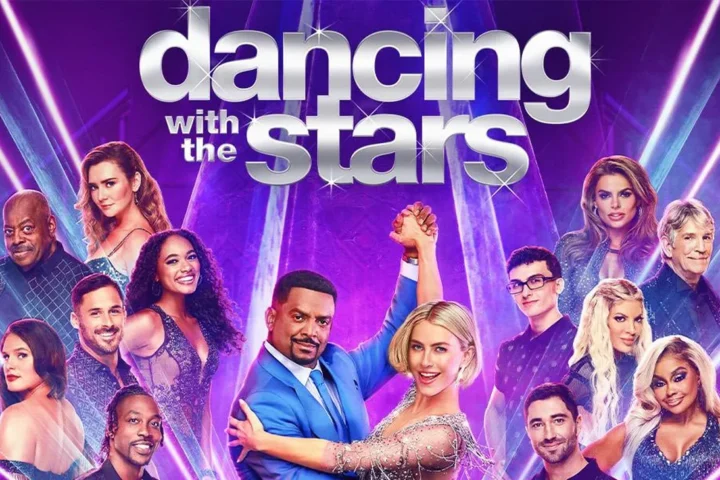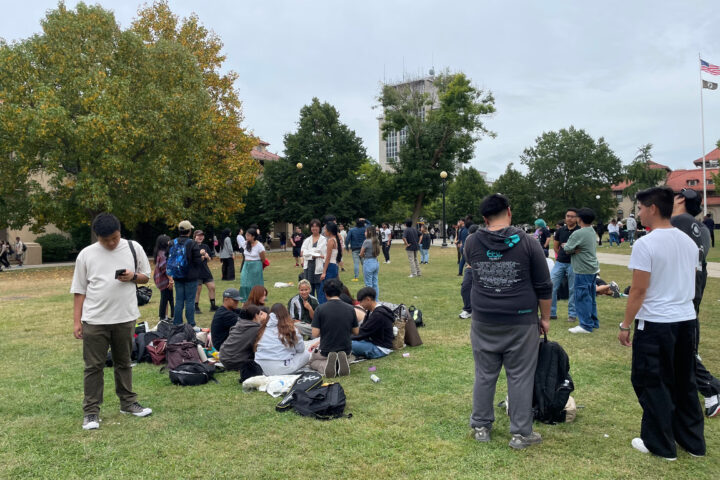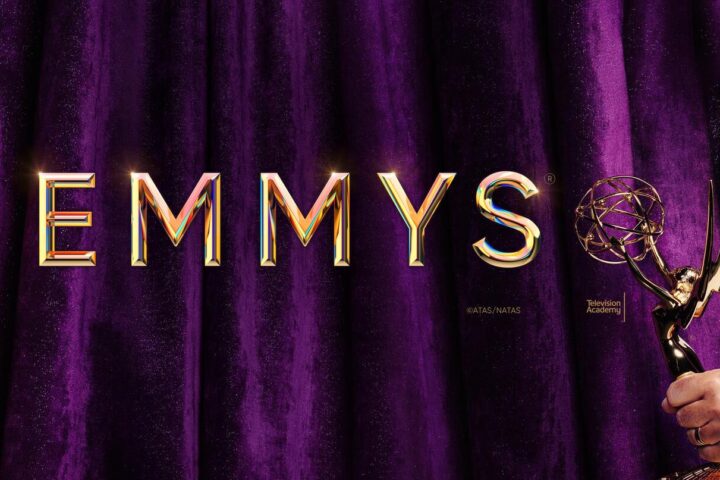Massive open online courses, or MOOCs- free courses providing no credit without a limit on class capacity- have really taken off this year, with both universities and companies offering them.
Unlike what students are generally familiar with when they think of online courses, literally anyone with an internet connection can take MOOCs, even people outside the country.
Naturally, with enough publicity, the number of students enrolled in these classes can and has reached the thousands. In fact, millions of students have enrolled in the hundreds of MOOCs offered. A lot of the companies providing the courses are even planning to start charging for proctored exams, credits and certificates. Given how widespread these classes are becoming, it is no surprise that the potential effectiveness of them is being called into question by students and professors alike.
“Being in class, in person, has way too many advantages in terms of doing well in your academic studies,” Alex Kim, a senior at QC, said.
Online courses, Kim said, lack the necessary ability to communicate with the professor.
Nevertheless, the open nature of the classes is very appealing to many, especially to those who may not have access to a higher education due to financial constraints. A top comment on a YouTube video titled “ST101 Promo – Statistics 101 – Udacity” that showcases a Stanford University professor discussing what his online class is all about, states, “you’re a beacon of hope and Inspiration for many many of us.”
Ultimately, the question becomes: how will these MOOCs affect student attendance to schools in the future, if at all? Some experts have said that it is likely that MOOCs will have widespread effects. If they do, many colleges, especially those already getting criticism for having high tuition– as CUNY has by several student groups– may have further difficulty justifying their tuition rates.
Aside from this and the possible lack of intimacy mentioned earlier, there is another problem that could prove to be troublesome to professors: plagiarism.
Although MOOCs so far do not provide credit, there will still always be students resorting to cheating in order to get through the course. Jeffrey R. Young, a technology journalist, discusses the issue in “Dozens of Plagiarism Incidents Are Reported in Coursera’s Free Online Courses.” According to the article, each student is required to grade their peer’s work, leading to a witch hunt of sorts in accusing each other of plagiarism.
“Professors teaching the courses say they are worried that some students are being overly zealous in hunting for plagiarism,” Young writes, “and at least one student complained in the forums about being accused in error.”
The grading method itself is sparking controversy. Every student is required to grade five of their student’s papers, so each student gets five grades and their final grade is the average. With a student’s grade completely dependent on other students rather than the professor, skepticism among both students and professors is the norm. Given that there can be over a thousand students in a given class, from hundreds of different cultural and educational backgrounds, the idea that this could produce an inaccurate grade is widespread.
Although a remedy to this problem could be the intent to eventually start charging for these classes, Arto Artinian, a political science professor at QC, is strongly opposed to this idea.
The idea of for profit classes is a “distortion of education,” Artinian said.
Artinian argues that MOOCs, being free as they are now, “puts pressure on high tuition rates.”
That said, the fight for lower tuition may push forward with a little more momentum now that free education is starting to become possible.













